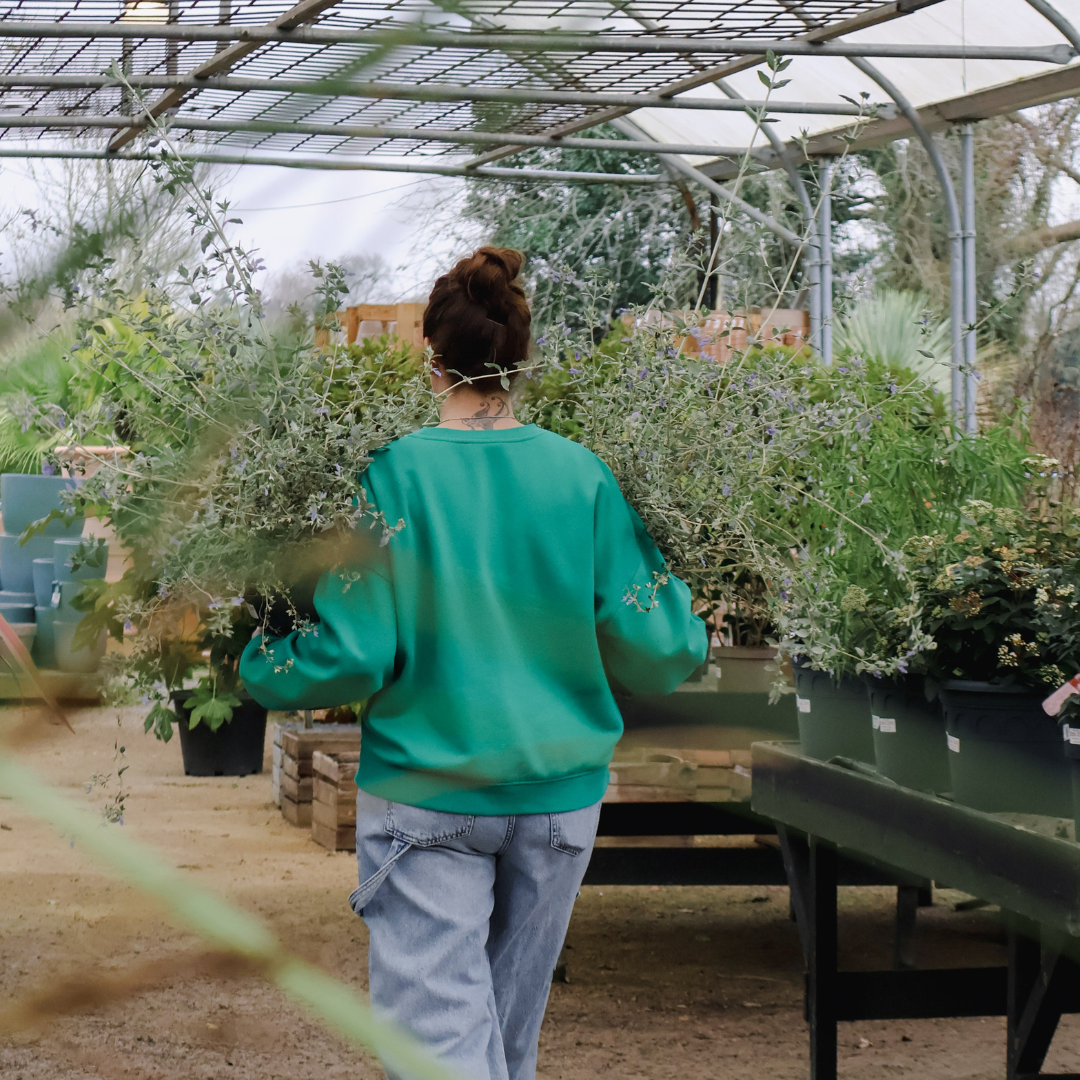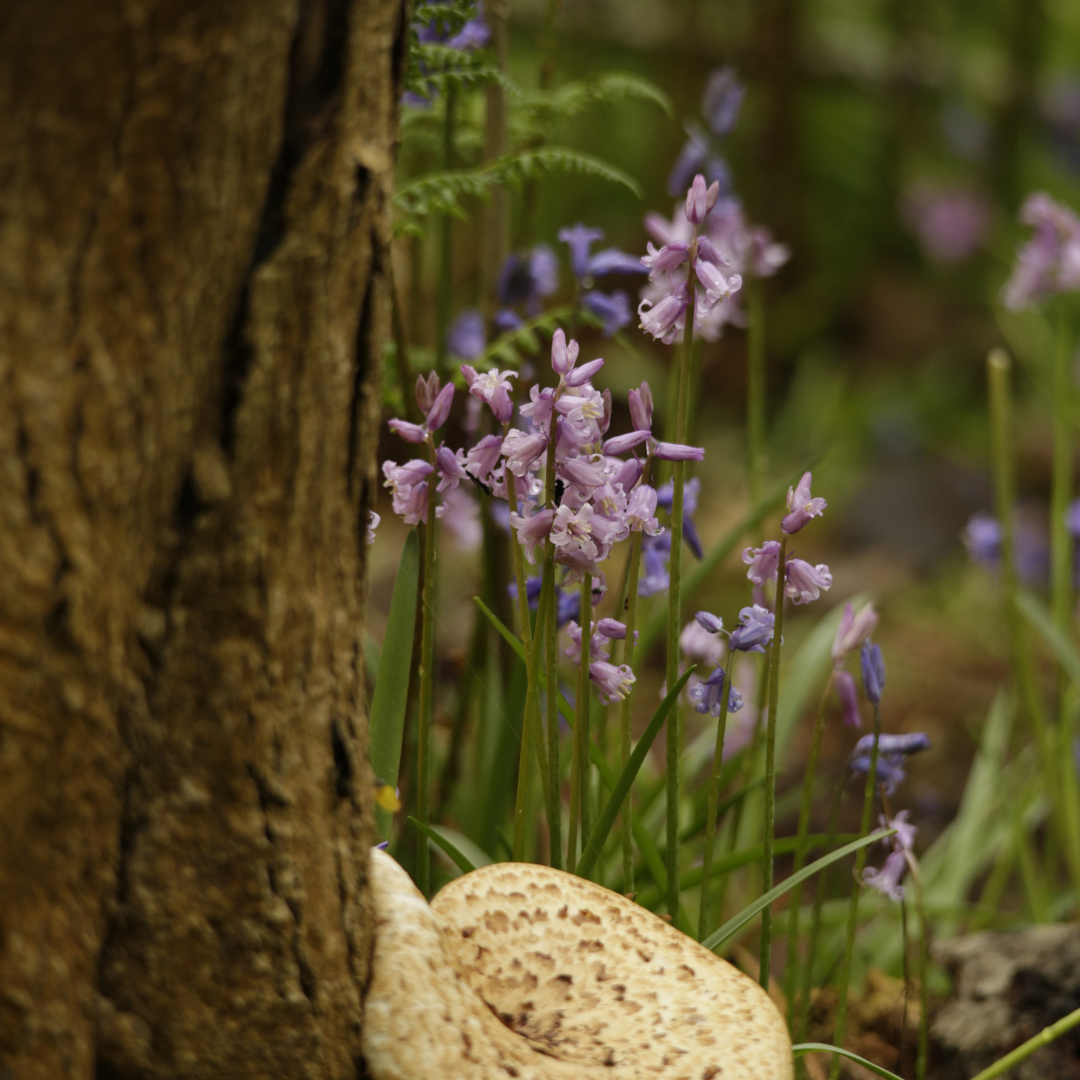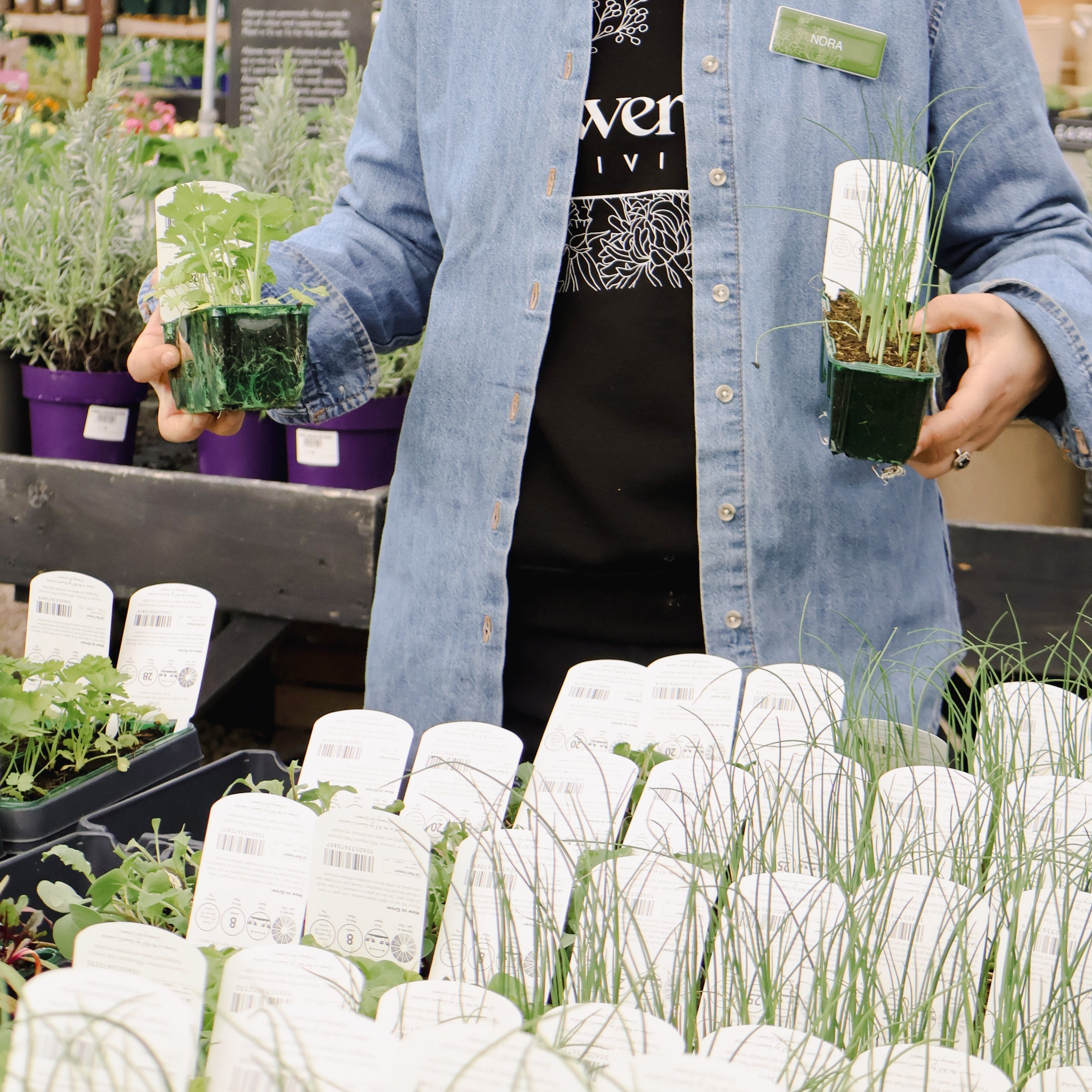Gardening Jobs to Tackle in April: A Fresh Start for Your Garden

April is the month when spring truly comes alive—flowers bloom, temperatures rise, and the soil begins to warm, signaling that it's time to get busy in the garden. Whether you’re a seasoned gardener or a beginner, there’s always something to do as the growing season kicks off. From prepping your garden beds to planting your first crops, here are some essential gardening tasks to tackle in April.

1. Prune Dead or Damaged Plants
April is a good time to trim back any dead or damaged stems, branches, or shrubs. This helps to encourage healthy growth in the coming months. Be cautious when pruning flowering shrubs—some plants, like lilacs and forsythia, should only be pruned after they’ve bloomed to avoid cutting off next year’s flowers.
2. Start Planting Early Crops
As the soil begins to warm up, it's time to plant cool-season crops that can tolerate light frost. Vegetables like peas, lettuce, spinach, and radishes thrive in the cooler temperatures of early spring. If the weather is still unpredictable in your area, consider using row covers or cloches to protect your young plants from late frosts.
3. Plant Flowering Bulbs
April is the perfect time to plant summer-flowering bulbs like lilies, gladiolus, and dahlias. These flowers need a long growing season to develop strong roots before they bloom, so planting them now ensures that they’ll be ready to bloom later in the summer. Make sure to plant bulbs at the appropriate depth and space them out to allow for proper growth.
4. Start Seeds Indoors
For those who want a jump-start on the growing season, April is the time to begin sowing seeds indoors for summer vegetables and flowers. Tomatoes, peppers, and cucumbers are excellent candidates for early indoor planting. Use seed trays or pots, and place them on a sunny windowsill or under grow lights. By the time the risk of frost has passed, your seedlings will be strong enough to transplant outdoors.

5. Feed Your Lawn
A healthy lawn begins with proper care in the spring. Apply a balanced fertilizer to your lawn to provide essential nutrients as it wakes up from its winter dormancy. Be sure to follow the product instructions for application rates to avoid over-fertilizing, which can harm the grass. Additionally, consider aerating your lawn to improve root growth and allow water and nutrients to penetrate more effectively.
6. Mulch Your Garden Beds
Mulching is one of the best ways to conserve moisture, suppress weeds, and regulate soil temperature. Once your garden beds are prepared, spread a 2- to 3-inch layer of organic mulch—such as wood chips, straw, or shredded leaves—around your plants. This will help keep the soil moist as temperatures rise and will prevent weeds from taking over.
7. Tend to Your Indoor Plants
April is a great time to check on your indoor plants as the days get longer and the light levels improve. Make sure your plants are not overcrowded and that they have access to enough sunlight. If you haven’t already, repot any plants that have outgrown their containers. Also, give your indoor plants a gentle trim to remove dead or yellowing leaves.
8. Check Tools and Equipment
Before diving into the full swing of the growing season, make sure your gardening tools are in top condition. Clean, sharpen, and oil your pruners, shovels, and hoes to ensure they’re ready for use. This is also a good time to check hoses, sprinklers, and watering systems to make sure everything is functioning properly.

9. Watch for Pests and Diseases
Spring brings new life, but it also brings new pests. Keep an eye out for common garden pests like aphids, slugs, and snails. Early detection is key to preventing infestations. If you notice any pests, remove them by hand or use natural deterrents such as neem oil or insecticidal soap. Similarly, watch for any signs of disease in your plants and treat them promptly to avoid spreading.
April is an exciting time for gardeners as the earth awakens from its winter slumber, offering a fresh start for your garden. By getting a head start with these tasks, you’ll ensure your garden is well-prepared for a productive and beautiful growing season. Whether you're planting vegetables, flowers, or simply preparing your garden beds, there’s plenty to do to set your garden up for success.




